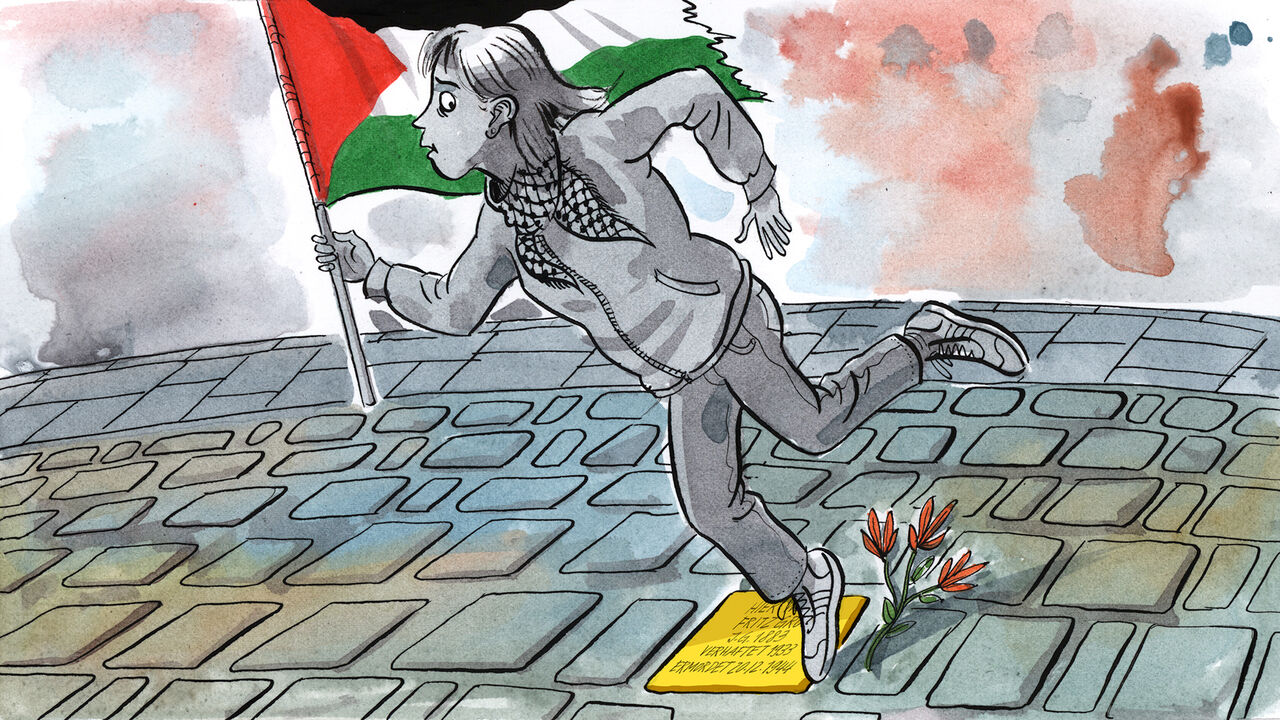TO walk around Berlin is to experience something no other capital city offers: a physical landscape that forces one to dwell on the crimes of its former occupants. The haunting Monument to the Murdered Jews of Europe sits near the seats of German power in the Reichstag and chancellery. Every neighbourhood is littered with Stolpersteine, small brass plates bearing the names and fates of Holocaust victims set in the pavements outside their former homes. These and a thousand other memorials and rituals are expressions of Germany’s Erinnerungskultur, a “memory culture” built up over decades.
